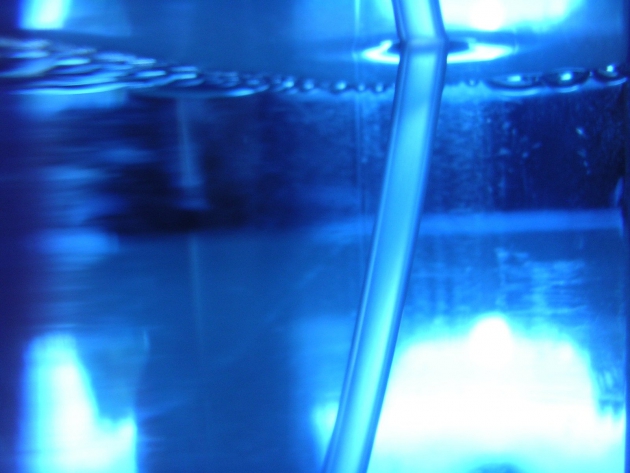With more than 30 years’ experience in the residential and commercial water treatment space, Mark Nelson is a Class 1 Drinking-Water Operator and a CBWA (Canadian Bottled Water Association) Certified Plant Operator. As founder and president of Nelson Water in Ottawa, Mark focuses on dealing with challenging water treatment system designs for problem water. He also heads the largest water bottling plant in the city of Ottawa with a delivery network throughout the Valley.
If you want to improve your drinking water quality, your first thought may be to purchase a filter pitcher. These items have become very popular in many households, readily available in grocery stores and online, and can sit in the refrigerator easily. Filter pitchers typically contain a charcoal filter that is said to reduce chlorine residue and any metals from the tap water. Unfortunately, popularity is not an indication of quality and even brand name pitchers are not very effective at improving your water quality. Here we will explore some of the typical flaws in these devices, so you can understand the limitations before making a purchase decision.
The Water Filter Pitcher Design Theory
The typical design for water filter pitchers is fairly simple. You pour water in the top section, and it is passed through the charcoal filter and into a reservoir. You can then store the pitcher in your refrigerator, so you have cool, fresh filtered drinking water.
Unfortunately, this is a little over simplistic, and the design may mean that you are deceived into thinking your water is free of contaminants. In reality, most models of filter pitcher are only able to remove a few forms of metals such as copper, mercury, and lead, along with residues of chlorine. These pitchers are usually ineffective at removing any traces of lead and cannot remove parasites, bacteria, pesticides, viruses or pharmaceutical residues.
The Water Filter Pitcher Problems
Before you continue thinking that a filter pitcher may be sufficient to improve your water quality, keep in mind that if your home drinks large quantities of water regularly, the pitcher filter may not be the most efficient and economical solution. You have to consider a large refrigerator real estate space for your water pitchers.
Most pitchers are ideal for homes that already have fairly high quality water, since most pitchers are not equipped to handle water problems beyond slight taste or quality issues.
Other Filter Pitcher Issues
If you are confident that a pitcher will not add bacteria to your drinking water or allow potentially harmful contaminants to remain, you may think a pitcher is a convenient and cheap filtration option. Unfortunately, this is not usually the case. While manufacturers make these types of claims, offering cheap replacement filters, many models are not that convenient. It can take 30 to 60 minutes for filtering a pitcher of water, which can be drunk by a family of four in mere minutes. This adds up to a wait of almost an hour before you can have another drink. Additionally, the pitcher can only be used for drinking water, so you will still need to take water directly from the faucet for cooking, bathing, washing clothes or dishes.
Fortunately, there are some far more effective options to ensure that your water is safe. There are point of use and point of entry systems that can not only remove trace metals and chlorine residue, but also microorganisms, chemical compounds, and pharmaceutical contaminants.

